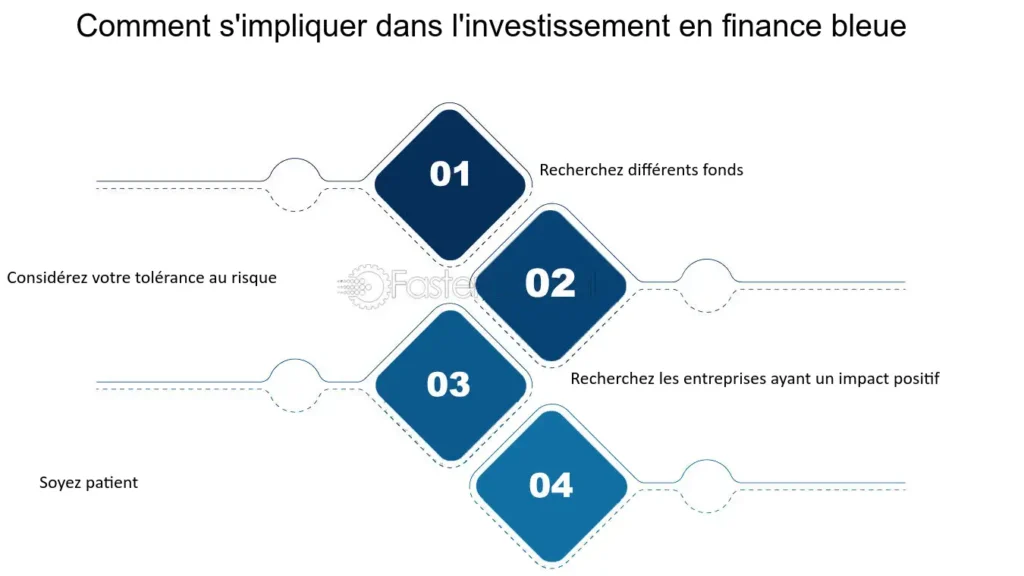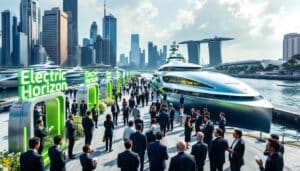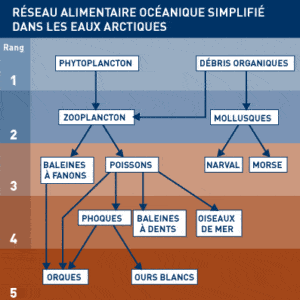At a time when environmental issues are taking on unprecedented proportions, Blue Financing presents itself as an innovative and promising response. By integrating sustainable criteria into investment decisions, this new paradigm aims to protect our oceans while supporting a resilient economy. Investments in sustainable marine projects not only preserve biodiversity; they also provide economic opportunities by promoting environmentally friendly practices. By exploring the synergies between finance and ecology, Blue Financing could well be the key to transforming our future and guaranteeing the health of our marine resources for generations to come.
| Evaluation axis | Impact of Blue Financing |
| Infrastructure investments | Improving maritime infrastructure promotes sustainability. |
| Circular economy | Promotes waste reduction and enhances resources. |
| Energy transition | Encourages renewable energy and emissions reduction. |
| Protection of biodiversity | Investments in the preservation of aquatic ecosystems. |
| Technological innovation | Stimulates the development of green and sustainable technologies. |
| Green jobs | Creation of jobs linked to the blue economy. |
| Awareness and education | Strengthens ecological awareness within communities. |
- Positive environmental impact
- Preservation of marine resources
- Stimulating innovation
- Green technologies for the blue economy
- Creation of sustainable jobs
- Jobs in sustainable fishing and aquaculture
- Strengthened local economy
- Marketing of sustainable marine products
- Reducing climate change risks
- Disaster-Resilient Infrastructure
- Improved quality of life
- Access to healthy food resources
- Effective public-private partnerships
- Collaboration for marine resource management
- Education and awareness
- Programs to promote sustainability
Table of Contents
ToggleBlue Financing and its Importance

The concept of Blue Financing is gaining ground, supported by a growing awareness of the need to protect our oceans and encourage sustainable practices. This is a set of financial mechanisms aimed at investing in projects that preserve and restore the health of marine ecosystems while generating economic returns.
Use the Blue Financing requires taking a proactive approach. Initiatives must:
- Contribute to the marine conservation
- Reduce pollution maritime
- Promote ethical aquaculture and sustainable resource management
- Support them technological innovations in the maritime sector
THE sustainable investments in this area can have a significant impact. For example, they enable the development of projectsrenewable marine energy, while raising public awareness of the importance of maritime ecological tourism. This dual economic and ecological objective is essential to fight against climate change which impacts marine ecosystems.
Funding projects such as restoring marine habitats and promoting sustainable fisheries is a necessity to preserve biodiversity and local livelihoods. Encourage actors to adopt sustainable practices is a mission that requires the commitment of everyone, including private and public investors.
Facing marine environmental challenges requires a collaborative approach. Blue Financing offers a unique opportunity to reconcile economic development and the protection of our marine resources for a more sustainable and responsible future.
The Principles of Blue Financing
THE Blue Financing is a key concept that could transform the future of our oceans and the global economy. By targeting investments in sustainable marine and coastal projects, this type of financing seeks to preserve and protect our marine resources while generating economic returns.
More and more investors recognize the importance of Blue Financing for protect marine resources and promote responsible management of marine ecosystems. This shift towards more environmentally friendly economic practices can not only contribute to biodiversity but also create significant economic opportunities.
THE principles of Blue Financing include:
- Invest in technologies and projects that improve the health of marine ecosystems.
- Encourage sustainable practices such as ethical aquaculture and responsible fishing.
- Promote technological innovation to minimize the environmental impact of marine operations.
- Support initiatives in blue economy which aim to balance economic growth and ocean preservation.
These principles ensure that financial flows contribute to projects with a positive long-term impact, both ecologically and economically. By adopting these strategies, investors can play a vital role in combating climate change, marine pollution, and other major environmental challenges.
The Ecological and Economic Impact
THE Blue Financing plays a crucial role in protecting marine resources while promoting sustainable economic practices. By financially supporting projects linked to the blue economy, it helps preserve the marine biodiversity and support initiatives such as renewable marine energies and theethical aquaculture.
Sectors linked toblue economy benefit from increased attention due to their potential to generate jobs and stimulate economic growth, while respecting theenvironment. Sustainable practices such as resource management and the protection of marine ecosystems are essential to ensure a profitable future for all stakeholders involved.
Investments in Blue Finance can transform our approach to oceans and coastlines by promoting innovative technologies. These investments seek not only to improve existing infrastructure but also to encourage methods that reduce marine pollution and mitigate the effects of climate change.
The keys to the success of Blue Financing lie in:
- Encouraging environmentally friendly business practices.
- Support for technological projects aimed at sustainability and innovation.
- Raising awareness and commitment to the rights of the sea.
Financing decisions play a determining role in the transformation of our economies towards more respectful and sustainable models. The role of financiers aware of environmental and social issues is crucial in directing funds towards projects that will have a positive impact in the long term. Community engagement and international cooperation are also essential so that each initiative undertaken receives the support necessary for its success.

Blue financing refers to investments that support the conservation and sustainable management of maritime and aquatic resources.
It is crucial because it helps protect marine ecosystems, promote sustainable fishing and combat ocean pollution.
It can contribute to the creation of green jobs, the sustainability of ecosystems and the resilience of coastal communities to the impacts of climate change.
Investments may include offshore renewable energy projects, marine conservation initiatives, and ocean cleaning technologies.
Governments, businesses, NGOs and individuals can all play a role by investing in projects related to the sustainable management of aquatic resources.
Blue funding can help restore marine habitats, protect endangered species, and maintain the biodiversity that is essential for ocean health.
Success can be assessed through key performance indicators such as improved air and water quality, biodiversity and economic development of coastal communities.









